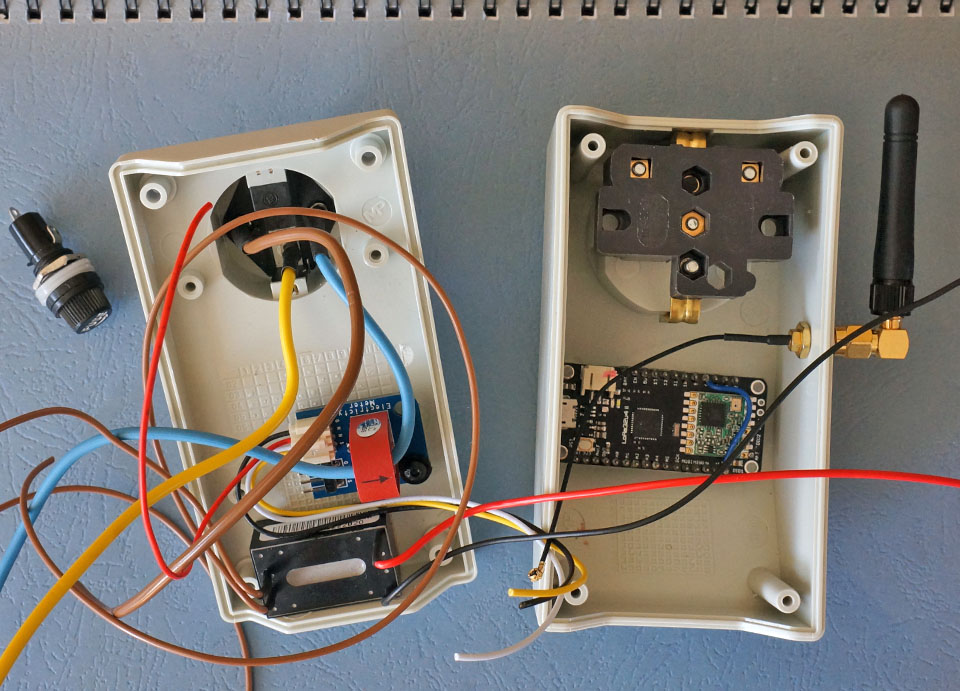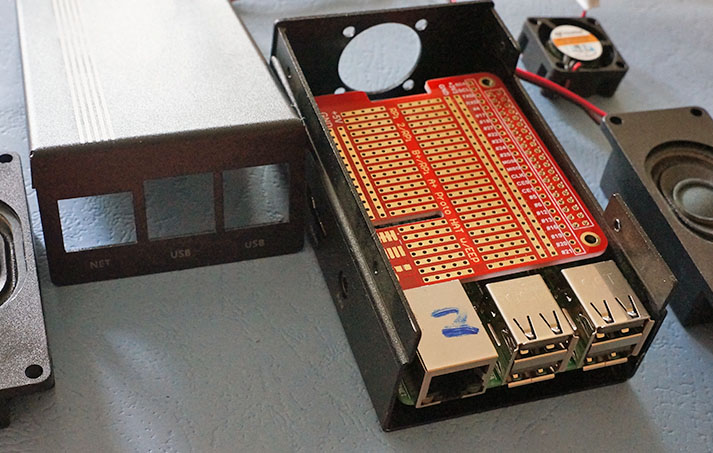
lucky @ an ebay auction : eleduino alu case for RPI3 

lucky @ an ebay auction : eleduino alu case for RPI3 
I’m struggling here lol, does DIO1 need connecting?
I’m just starting … first comparing the received board with probably the original, adafruit feather 32U4 LoRa
and thinking how to fit it in an enclosure
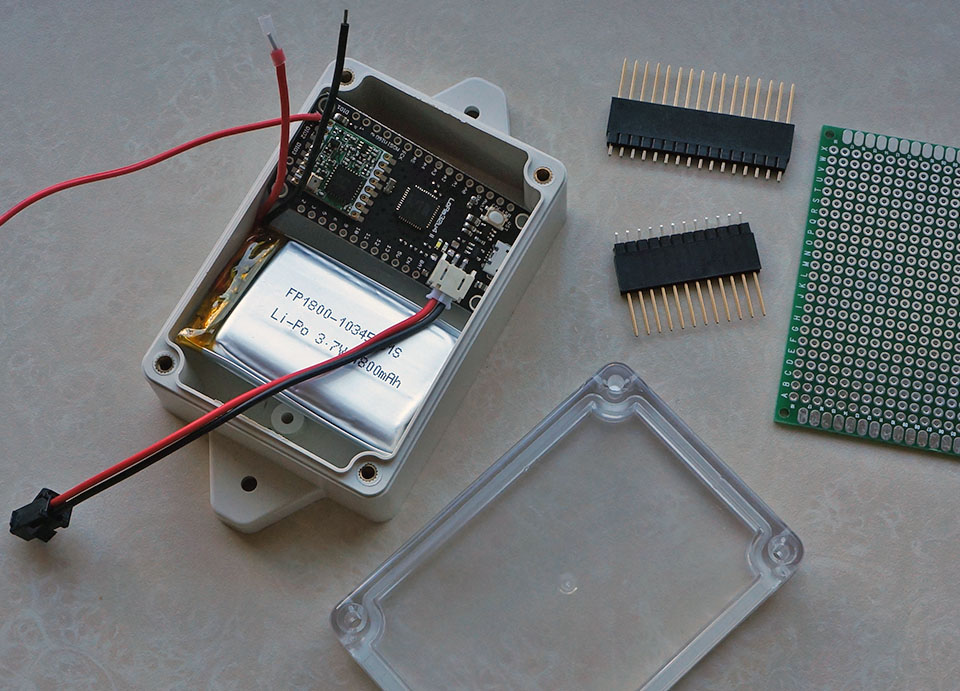
check this https://www.thethingsnetwork.org/labs/story/using-adafruit-feather-32u4-rfm95-as-an-ttn-node
Thanks, yup got it working - sinking in conflicting lora libraries - plus the DIO1 needed connecting up - nice board, need to do some sleep testing later too
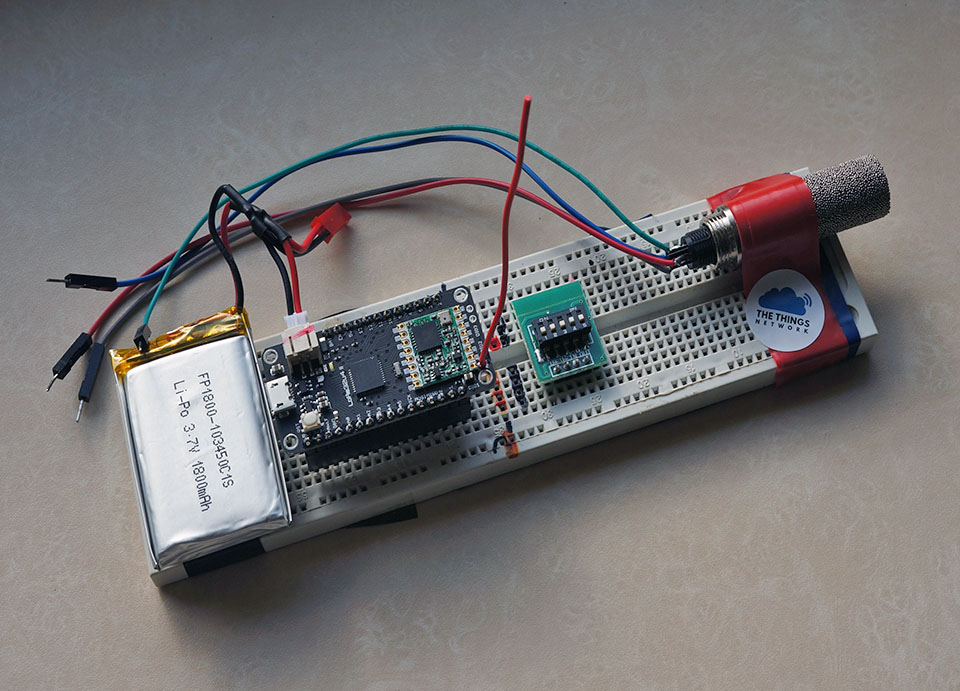
the idea is to make an outdoor temp sensor, every 10 minutes (adjustable) waking up, measure temp, transmit and back to sleep.
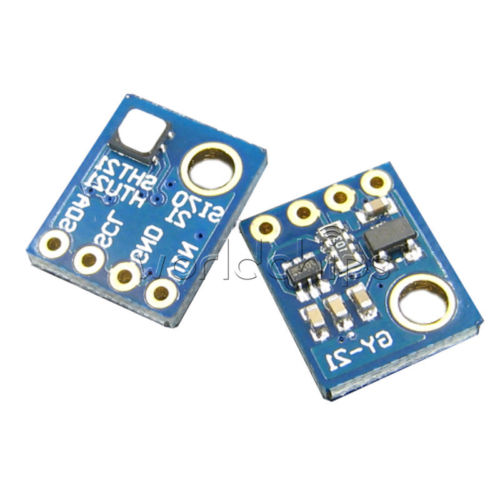
decided to use this 3v3 i2c temp / humidity sensor - Si7021
special features :

and
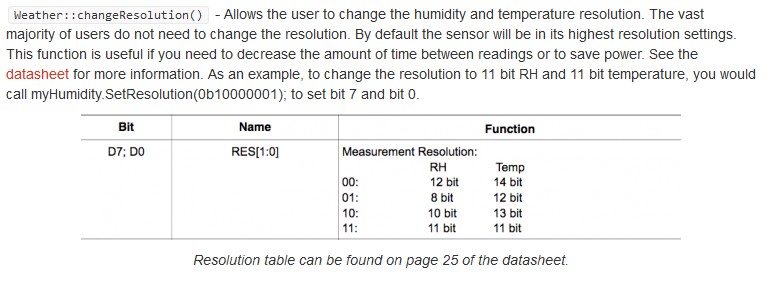
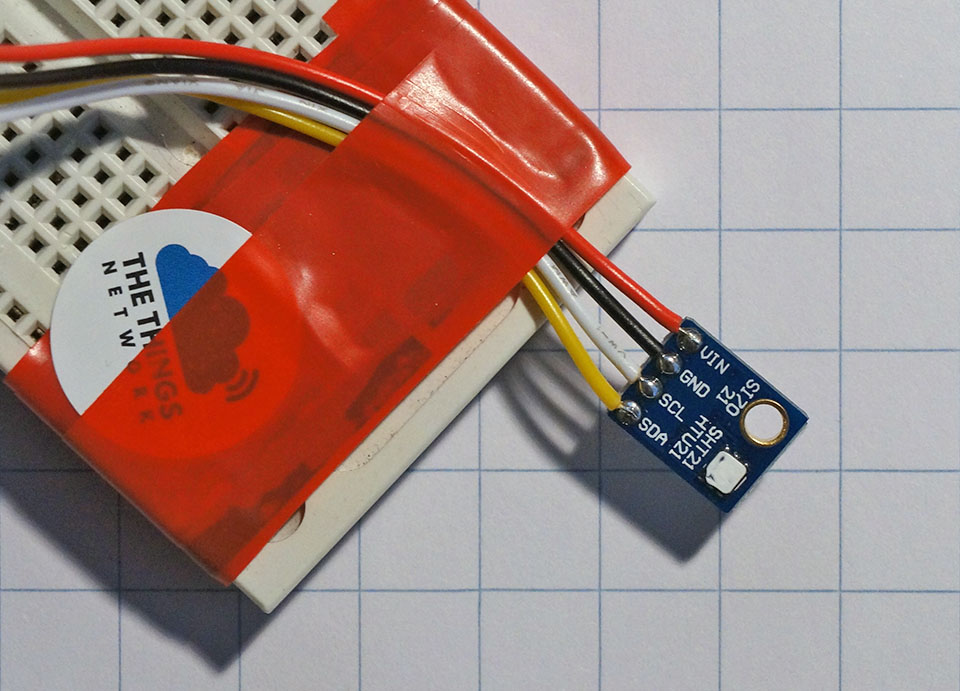
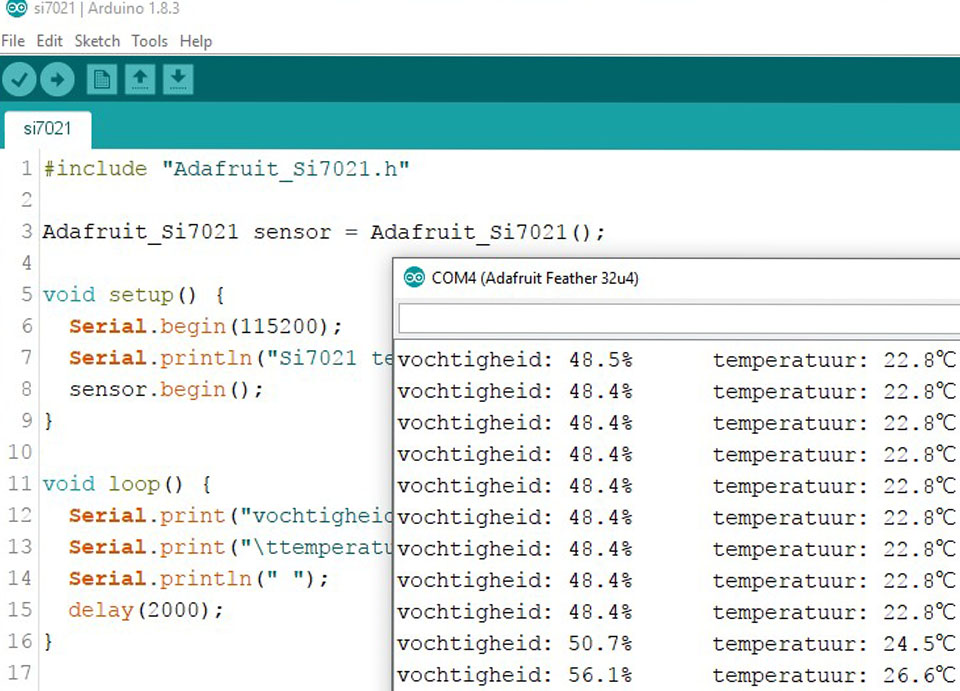
sensor works ( here with adafruit lib) but I’m afraid I don’t have enough memory to fit lmic and lowpower lib later on
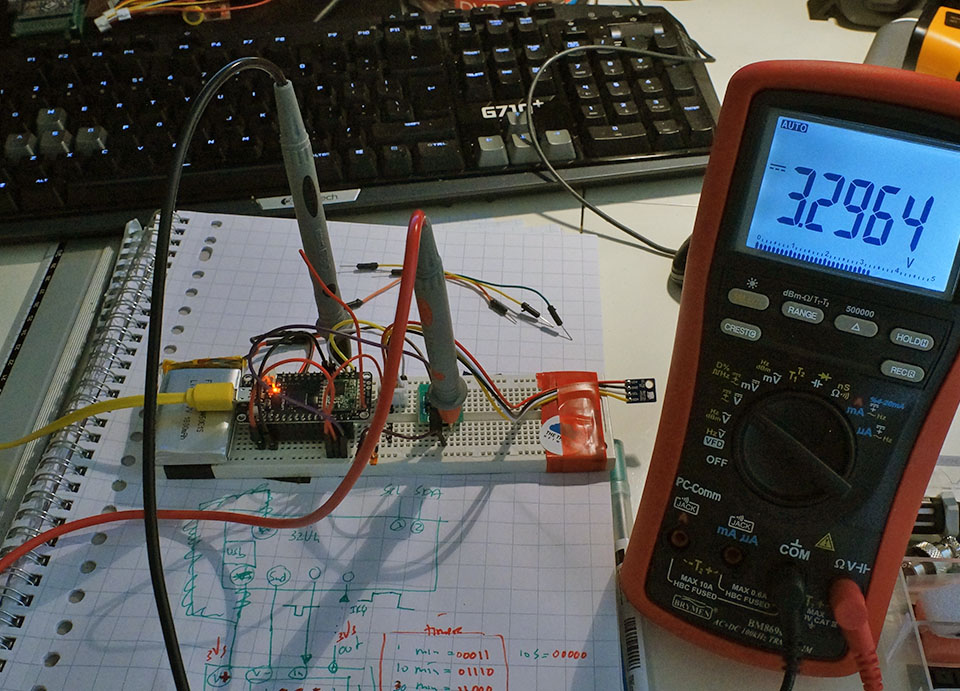
external timer so you don’t have to wake up every 8 sec.
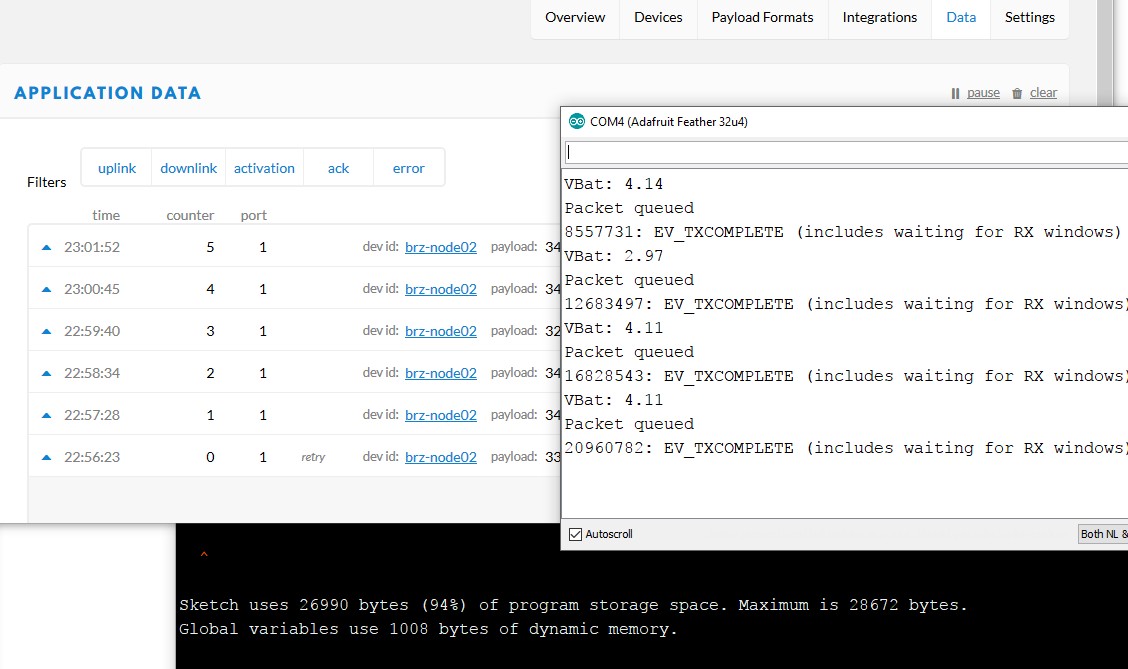
why the battery voltage drop to 2.97v? which code are you using
it was my first ABP test for this 32U4/RFM95 china adafruit feather clone, just to see if I didn’t make ‘key’ mistakes
code example is here and here
not much free memory left so what we need is an 'stripped lmic version to gain some memory.
the goal is to send temp and humidity data and we need deepsleep.
regarding the battery voltage (drop) , I didn’t even check that code part/pin … was supprised it measured anything ![]()
one thing I noticed immediate, on first boot with a piece of wire antenna on my desk … the packet was seen by 3 gateways, even the one 13 km away … I expected to see only my GW in the console.
that makes me wonder… is the output of the RFM95 that much better than the RN2483 TTN uno clone I build ?
have to check and learn a lot more.
when the node is only usb connected you’ll get that meassurement 'drop
with battery connected it works ok
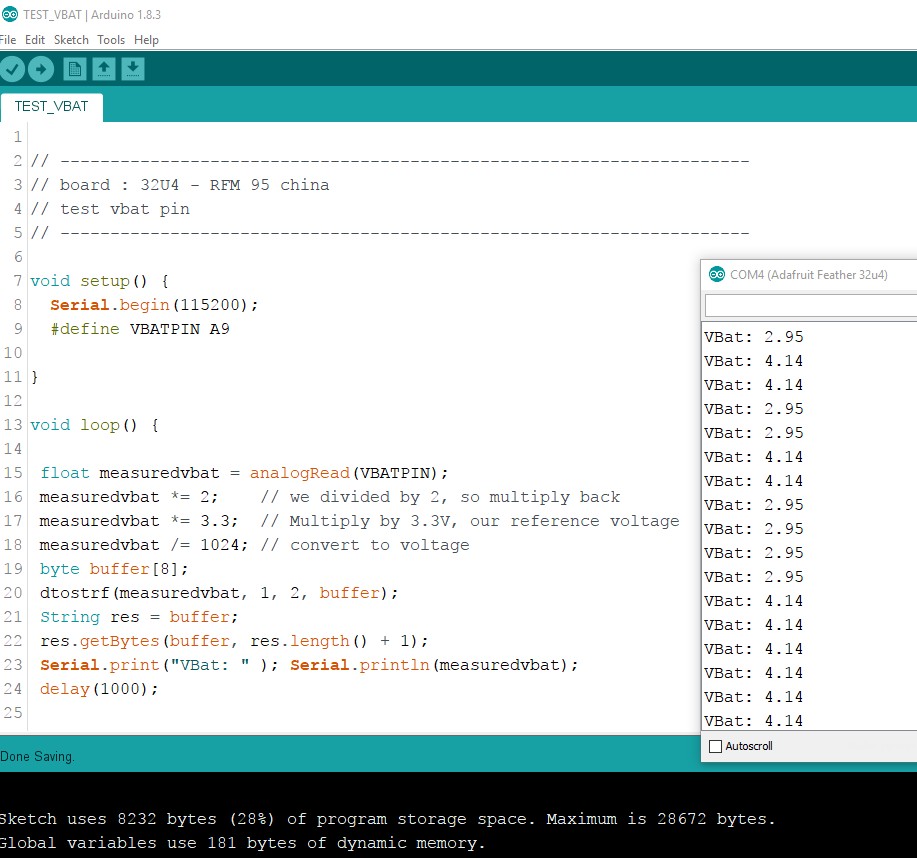
@BoRRoZ I think that the RFM outputs at 20 dBm by default, while the RN2483 is 14 dBm max to be EU compliant.
Regarding the Si7021, do you have any reference value to compare it ? Does it need any calibration ?
according the datasheet the humidity sensor has a max 3% error @ 0-80% humidity
to check yourself you can use the saturated salt technique:
on some forums they talk about 6% error (to high) on humidity, all in all not to bad for what you pay.
haven’t checked it myself yet.
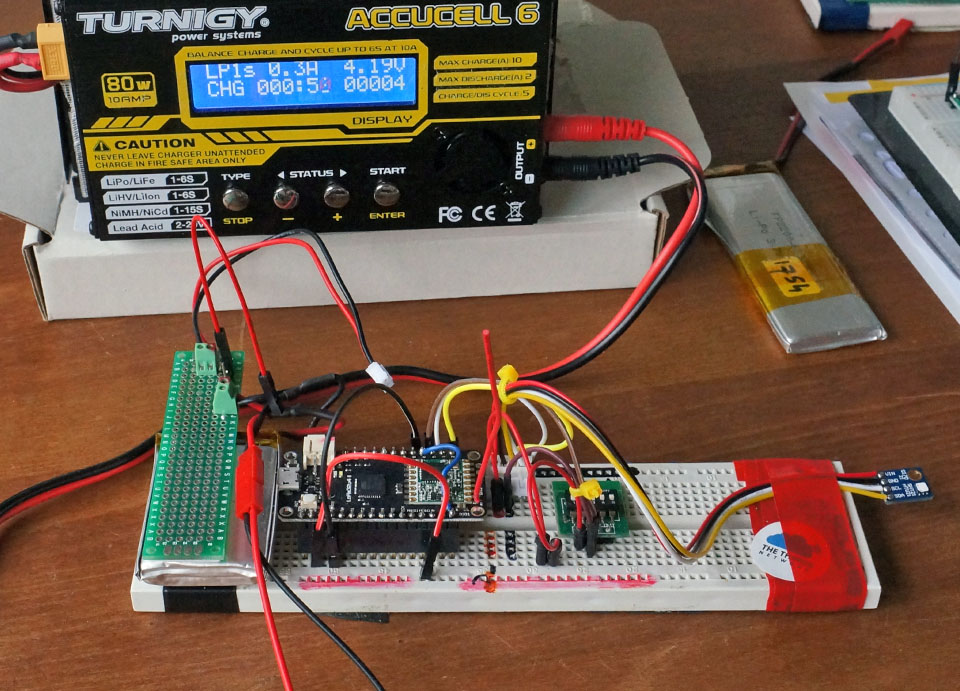
today I need a full node tank 
I having some problems lowering the (sleep) current from this 32U4 / SX1276 ‘feather’
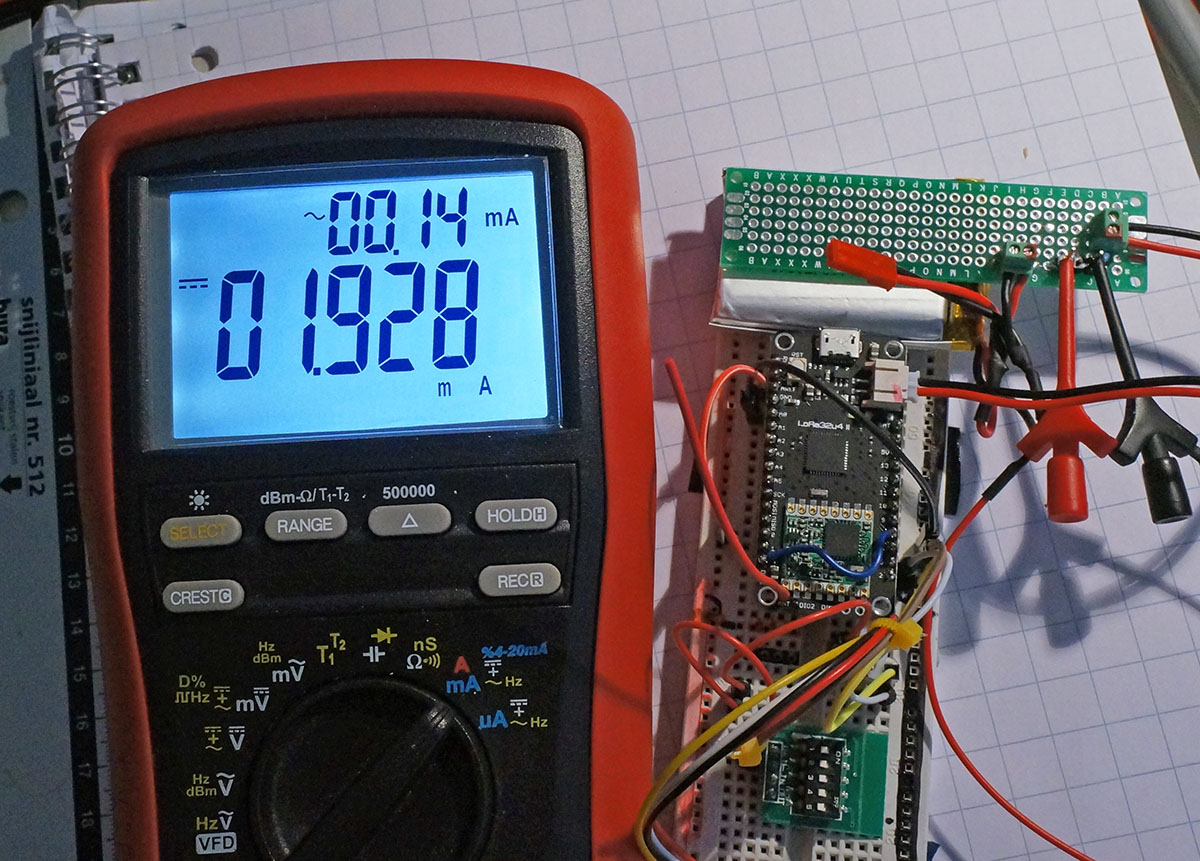
I’ve used
possibly the charging circuit or floating pins or something ?
If I can’t free some more memory or lower the sleepcurrent I forsee that this module is usefull as a on/off detector, like a PIR alarm when you leave your house… triggered it can send a message to your phone (first a lorawan packet) and the battery (1800 mA) I use last max one month
What brand of “flux” is that!!! Looks good … drools!
Garry
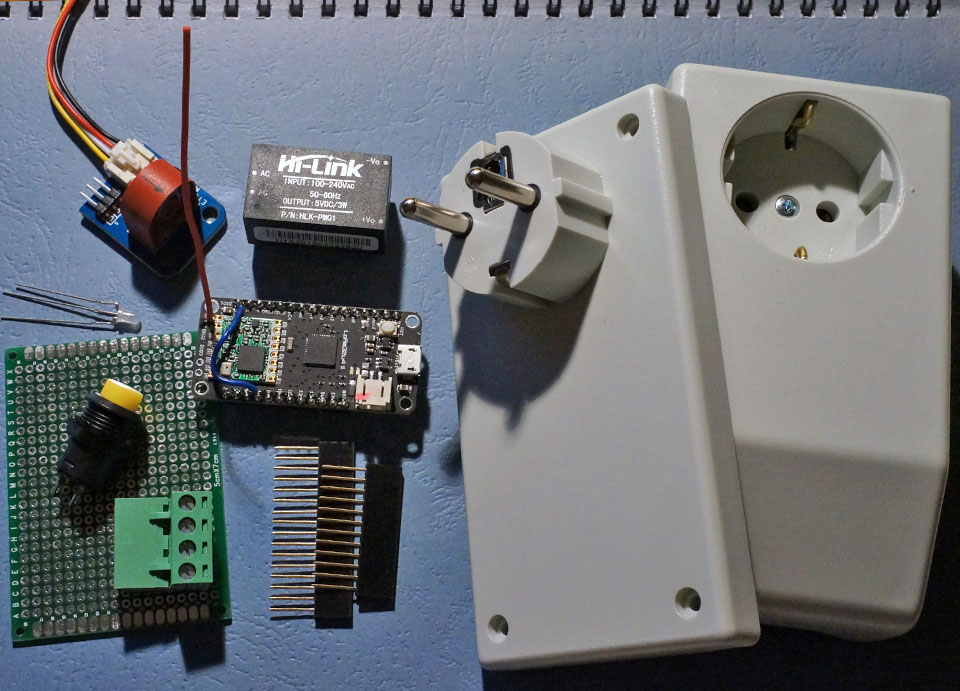
decided not to use this module in a battery powered node… so I have a new use case for it 
the coffee spy node - an universal LoRaWAN AC current detector, so I can easily check if my old mother had her morning coffee or switched the television on or off.
it just send one on/off byte to the application and is AC powered.
update 12 oct 2018
I should have patented this idea 
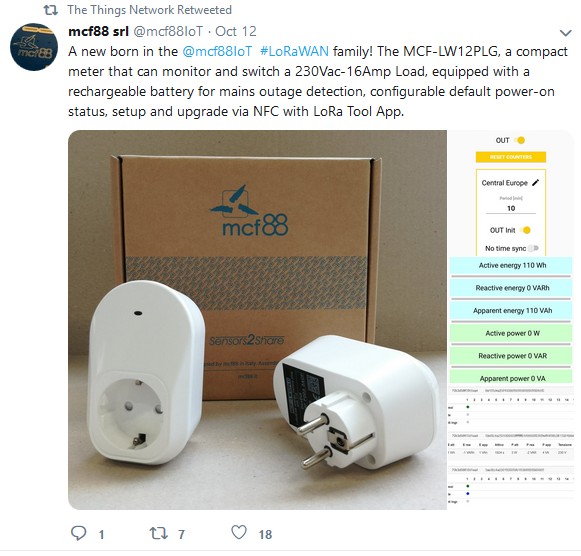
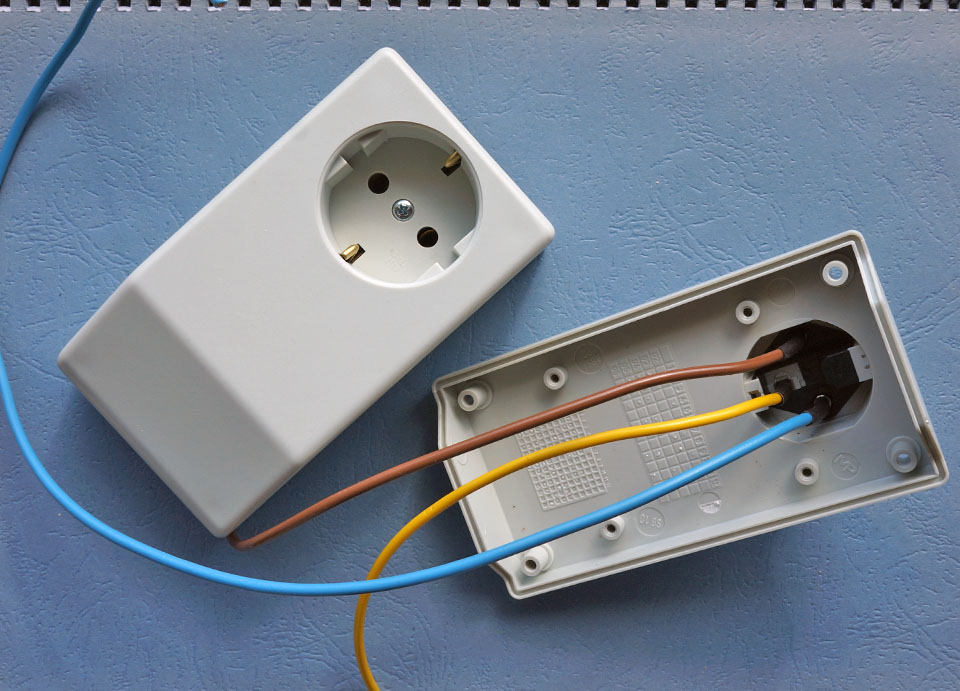
flexible 2.5 mm2 soldered and isolated
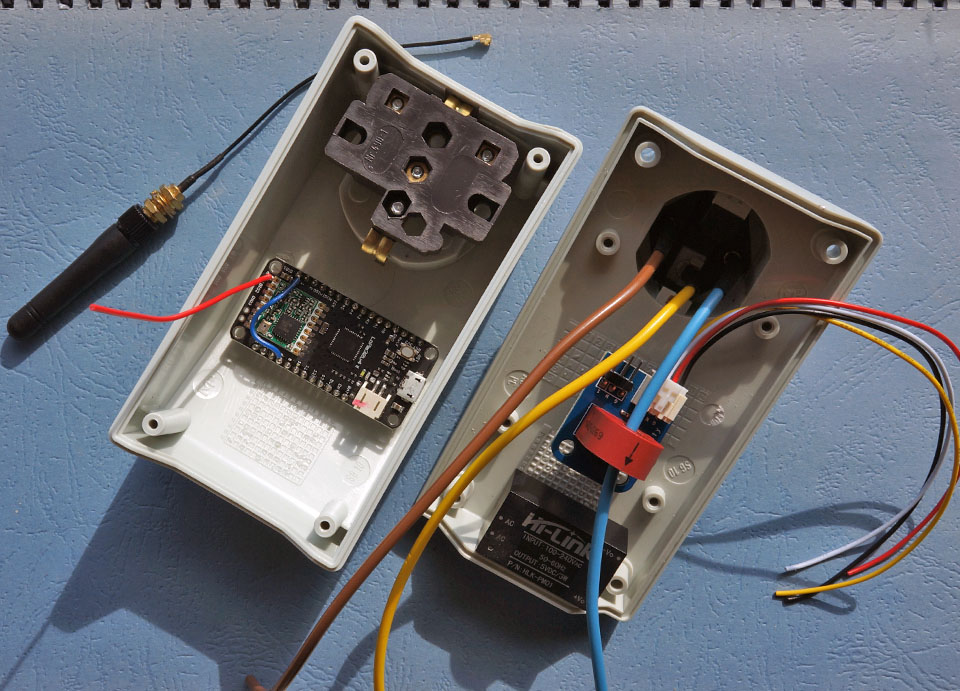
and puzzle
